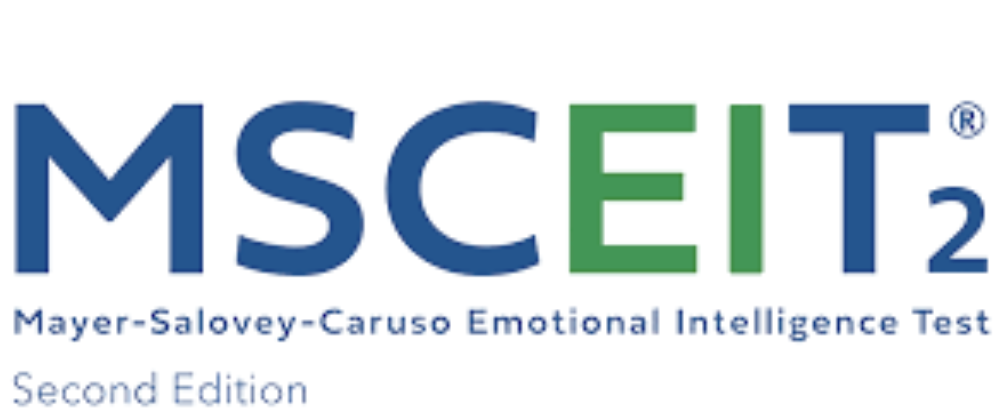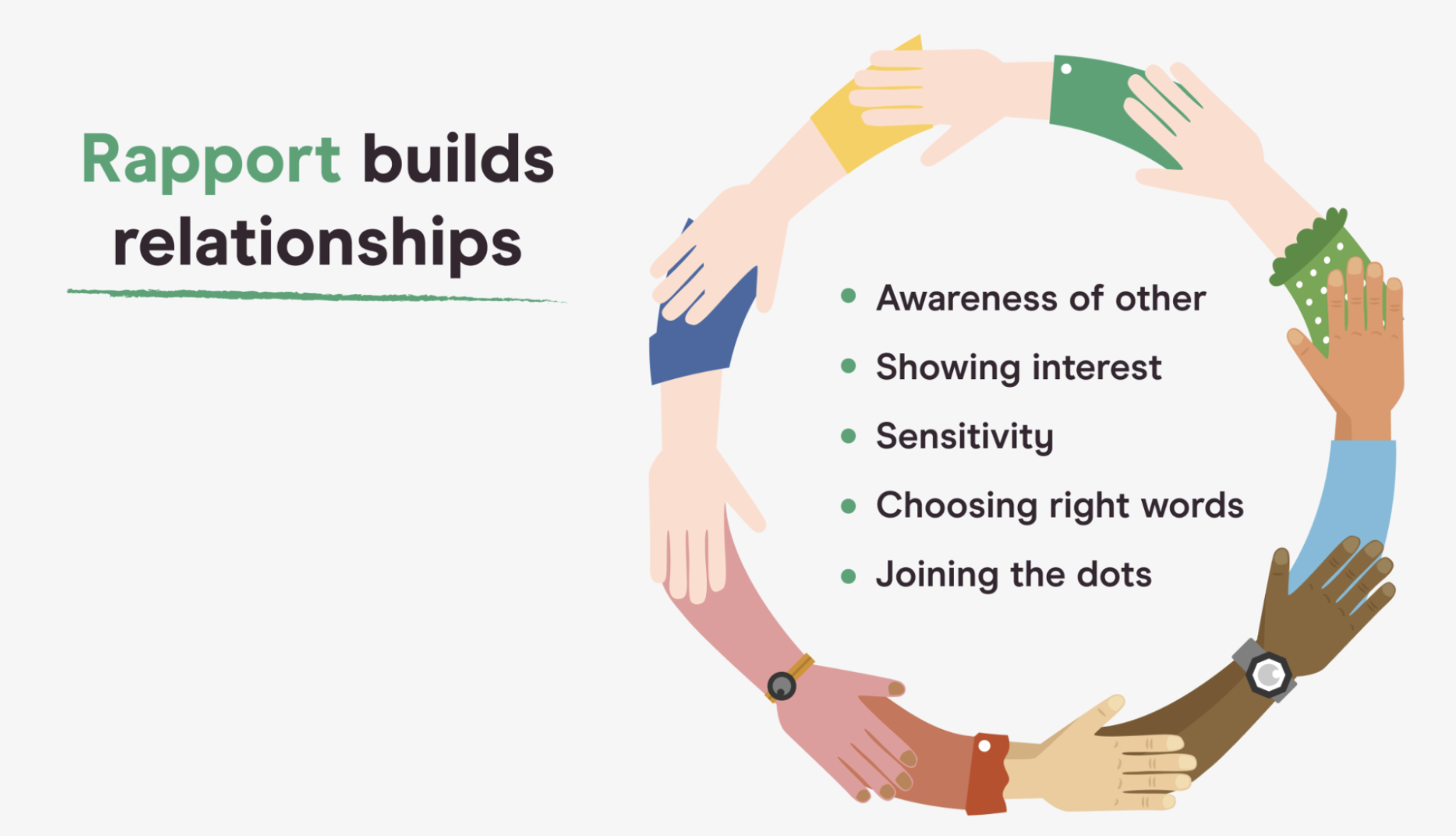The MSCEIT: Why This Groundbreaking Test Revolutionized How We Measure Emotional Intelligence

For decades, intelligence was viewed through a narrow lens—IQ scores, mathematical reasoning, and verbal comprehension dominated our understanding of human cognitive ability. Then came a revolutionary shift that would fundamentally change psychology, education, and workplace assessment: the recognition that emotional intelligence might be just as crucial as traditional cognitive measures.
At the forefront of this transformation stands the Mayer-Salovey-Caruso Emotional Intelligence Test (MSCEIT), a groundbreaking assessment that didn't just measure emotional intelligence—it redefined what it means to test human capability in the 21st century.
Beyond Self-Perception: The Performance Revolution
What made the MSCEIT truly revolutionary wasn't just that it measured emotional intelligence, but how it measured it. Unlike earlier assessments that relied heavily on self-reporting—essentially asking people how emotionally intelligent they thought they were—the MSCEIT introduced something unprecedented: performance-based emotional intelligence testing.
This shift was as significant as the difference between asking someone if they're good at math versus actually giving them mathematical problems to solve. The MSCEIT presented real scenarios, real faces, real emotional challenges, and measured how well people could actually navigate them.
The Four Pillars of Emotional Mastery
The test's revolutionary framework breaks down emotional intelligence into four distinct, measurable abilities:
Perceiving Emotions: Test-takers analyze faces and abstract designs to identify emotional content. This isn't about guessing—it's about demonstrating the fundamental skill of emotional recognition that underlies all social interaction.
Using Emotions to Facilitate Thinking: Rather than viewing emotions as obstacles to clear thinking, the MSCEIT recognizes emotions as tools that can enhance cognitive processes. This section measures how well individuals understand when different emotions might help or hinder various types of thinking.
Understanding Emotional Progressions: Emotions don't exist in isolation—they evolve, combine, and transform. This component assesses sophisticated knowledge about how emotions develop over time and how complex feelings emerge from simpler emotional states.
Managing Emotions: Perhaps most practically relevant, this section evaluates how effectively someone can regulate emotions in themselves and others across various hypothetical scenarios.
The Consensus Breakthrough
One of the MSCEIT's most innovative features was its scoring methodology. Instead of relying on arbitrary standards, scores are determined through two approaches: expert consensus (how emotional intelligence researchers and professionals would respond) and general population agreement (how most people respond).
This dual approach was revolutionary because it acknowledged that emotional intelligence, while measurable, exists within social and cultural contexts. It provided both aspirational benchmarks (expert consensus) and normative comparisons (population agreement), offering a more nuanced understanding of emotional capability than any previous measure.
Transforming Multiple Fields
The MSCEIT's impact extended far beyond academic psychology:
In Education: Schools began recognizing that traditional academic achievement was only part of student success. The MSCEIT provided educators with tools to identify and develop emotional competencies that predict long-term life outcomes.
In the Workplace: Organizations discovered that emotional intelligence often distinguished high performers from average ones, particularly in leadership and collaborative roles. The MSCEIT offered a scientific basis for hiring, promotion, and development decisions.
In Healthcare: Mental health professionals gained a more sophisticated understanding of emotional functioning, moving beyond symptom checklists to assess fundamental emotional processing abilities.
In Research: The test opened entirely new avenues of investigation into human cognition, relationship dynamics, and social functioning.
Why It Remains the Gold Standard
Nearly two decades after its introduction, the MSCEIT continues to set the benchmark for emotional intelligence assessment for several reasons:
Scientific Rigor: Unlike many emotional intelligence measures that emerged during the field's popularity boom, the MSCEIT was built on solid psychometric foundations with extensive validation studies.
Practical Relevance: The skills it measures directly translate to real-world emotional challenges, making it valuable for both assessment and development purposes.
Comprehensive Coverage: By addressing four distinct emotional abilities, it provides a complete picture rather than a narrow slice of emotional functioning.
Objective Measurement: The performance-based approach removes much of the bias and social desirability that can skew self-report measures.
The Lasting Revolution
The MSCEIT didn't just create a new test—it established an entirely new category of human assessment. It demonstrated that emotional and social competencies could be measured with the same scientific rigor as traditional cognitive abilities, legitimizing emotional intelligence as a field of serious academic and practical inquiry.
Today, as artificial intelligence handles more analytical tasks, human emotional intelligence becomes increasingly valuable. The MSCEIT's revolutionary approach to measuring these capabilities ensures it remains not just relevant, but essential for understanding and developing human potential in an emotionally complex world.
The test's enduring influence lies in its fundamental premise: that emotional intelligence is not a soft skill or personality trait, but a measurable form of intelligence that can be assessed, developed, and applied. In proving this point so convincingly, the MSCEIT didn't just revolutionize testing—it revolutionized our understanding of what it means to be intelligently human.







